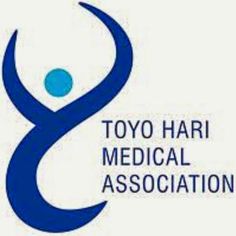Toyohari is a form of ‘Keiraku Chiryo’ – Japanese Meridian Therapy.
In 1959 Kodo Fukushima, a blind Japanese acupuncturist founded the Toyohari Medical Association, which trained blind acupuncturists in Japan.
Toyohari is a ‘living’ system of acupuncture.
More recently the association has started to accept sighted practitioners and today the Toyohari tradition is alive and strong in Japan and is growing in Australasia, the United States and Europe.
Toyohari is pulse diagnosis acupuncture, rooted in the theory, knowledge and imagery depicted within the ancient chinese medical texts.
Regular study and practise groups have helped to develop the refined skills in order to master this unique system of acupuncture.
Toyohari contact-needling, with a silver needle, involves no insertion or pain.
Extremely sophisticated diagnostic and needling techniques, have been developed by blind acupuncturists in Japan.
Touch diagnosis and pulse diagnosis has become a fundamental part of Toyohari practise.
There are some obvious dif ferences between Toyohari and other styles of acupuncture practice. Patients are most likely to notice that the Toyohari approach is more gentle and the practitioner’s touch and needling techniques feel lighter and less invasive. In addition to very fine needles a variety of metal tools may be used to touch, tap or stroke the skin surface. Moxibustion is often an important part of the treatment.
ferences between Toyohari and other styles of acupuncture practice. Patients are most likely to notice that the Toyohari approach is more gentle and the practitioner’s touch and needling techniques feel lighter and less invasive. In addition to very fine needles a variety of metal tools may be used to touch, tap or stroke the skin surface. Moxibustion is often an important part of the treatment.


Toyohari Zanshin, Enshin, & Teishin.
.

